Paths to Wealth Through Common Stocks
$13.41
| Author(s) | |
|---|---|
| Format |
|
| Pages |
235 |
| Publication Year |
2007 |
Paths to Wealth through Common Stocks contains one original concept after another, each designed to greatly improve the results of those who self-manage their investments — while helping those who rely on professional investment advice select the right advisor for their needs.
Author’s Introduction:
PATHS TO WEALTH THROUGH COMMON STOCKS was my father’s second book, and was written very much as a follow-on to his 1958 classic, Common Stocks and Uncommon Profits.
That first book became a basic text at the Stanford Graduate School of Business for decades, and changed the way countless readers thought of investing— including Warren Buffett, who said it pulled him away from his straight Ben Graham approach and set him on his own approach ever after. Although this book never had the sales, impact, or longevity of the first book, it’s important and useful for any serious market student for two reasons.
In Part 1 , he starts with issue number one of the day: inflation. You’ll find his analysis here both deficient and prescient all at the same time. It’s deficient because he doesn’t have in his arsenal the full array of monetarism that Milton Friedman would soon develop and popularize. In Part 2, his description of Pioneer Metals Corporation is another perfect example of what we all know but never think about. One person, one idea, and the next thing you know, a boring, profitless company and useless stock is transformed in just a few years into an innovative world beater.
In my mind, Part 3 is not my father’s best work. There is little that is prescient in any regard, as near as I can tell. Since its original publication, so much has been written on how to pick a money manager that perhaps the chapter’s most important concept is how truly primitive the process was in 1 960. But, then, Part 4 is stunning. Had CEOs of the day heeded his advice on mergers, the mess with 1 960s conglomerates might have been avoided altogether. He drove nail after nail into the coffin of stupid mergers. Part 5 is of interest partly for historical study and partly as a standard tool for business analysis. He focuses on then-contemporary industry analysis.
Contents:
- Adjusting to Key Influences of the 1960’s
- How the Greatest Increases in Stock Values Come About
- You and Where Your Investment Business Must Go
- Trivia but not Entirely
- Major Growth Industries of the 1960’s
Paths to Wealth Through Common Stocks By Philip A. Fisher pdf
10 reviews for Paths to Wealth Through Common Stocks
Clear filtersOnly logged in customers who have purchased this product may leave a review.

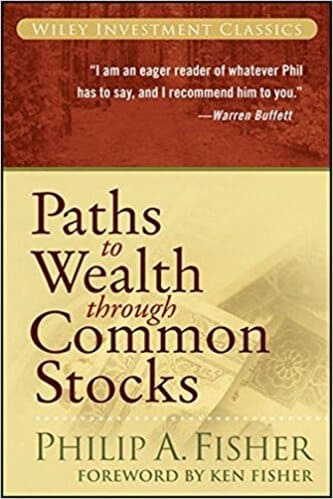
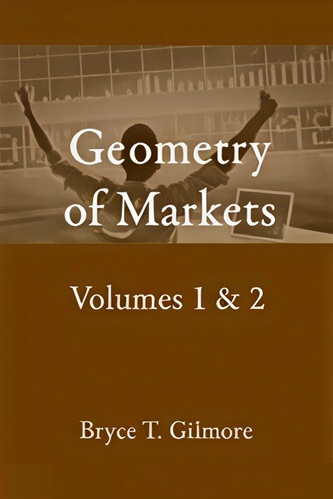
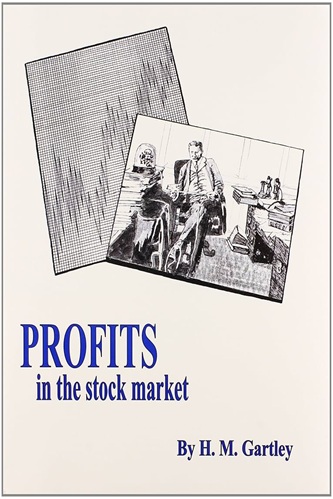

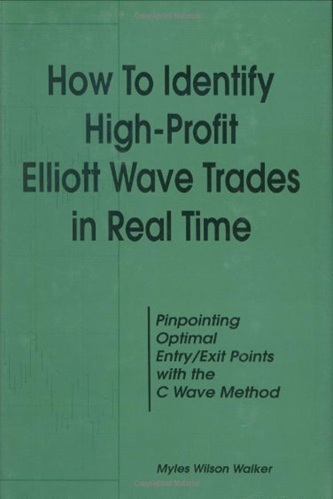
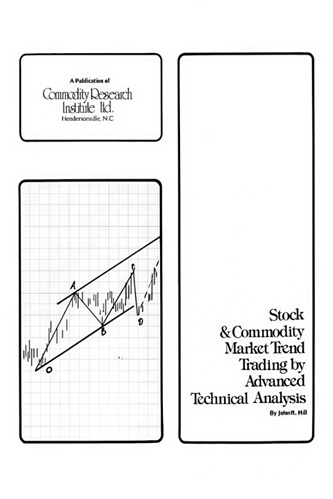
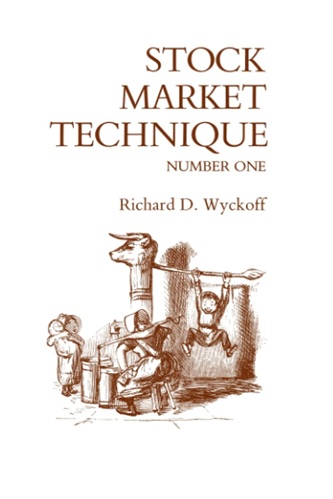
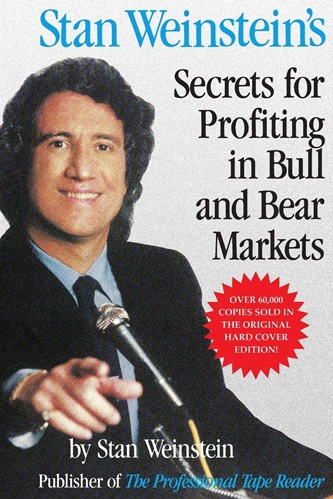
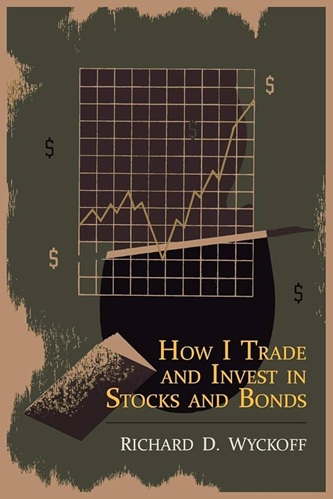
Joseph Atkins (verified owner) –
Many exclude this text for its context based on an uncurrent stock market. Instead it contains timeless lessons and is also worth more than Common Stocks for Uncommon Profits.
Yara Morris (verified owner) –
The book looks at the market from a “Top Down” focus and covers a wide range of topics. Not a good book for someone looking for a clear strategy. It does work on the premise of its title, I just found it lacking clear direction. however it was written originally back in the 60’s when we had stock brokers rather than Wealth Advisors. The book is interesting and covers investing. Today we are looking more for an action plan.
Remington Blackwell (verified owner) –
Good
Mina Blankenship (verified owner) –
Purchased for my husband who likes reading about investment strategies.
Jaylen Blanchard (verified owner) –
If your a fan of Philip Fisher you will understand this book and his insightful thought process to investing from and investor perspective. With all of his verbose conversational type of explaining on each type of industry, you can get an edge to positioning a portfolio or investment in stocks from his long-term growth perspective on industries to invest in.
Elyse Sanchez (verified owner) –
Skip this book. Not useful in any sense.
Do not buy this because you liked ‘common stocks & uncommon profits”.
Totally disappointing diary like write up of no-longer-relevant events.
Leilani Avila (verified owner) –
it is a very good book, very helpful to individual investors. it can be regarded as a bible for investment if you want to be the kind of Warren Buffet.
Christian Alvarez (verified owner) –
Not the breakthrough in qualitative analysis Common Stock and Uncommon Profits was. Still a great read and this has many ideas to offer. A few great “how to ” stories, of particular enjoyment to me is the story about the Dr., his expensive wives, and a bit of capital.
Ulises Keith (verified owner) –
This book may be valuable to an investor who wants to learn more about investing during the 1960s; however, it did not supply as much valuable detail as Common Stocks and Uncommon profits.
I read this book because of the Warren Buffet quote, “I am an eager reader of whatever Phil has to say, and I recommend him to you.” If you are interested in a how-to investing book, this book is not for you. However, if you are interested in learning as much as possible about the investing environment of the 1960s this book may of some value.
I gave this book 3 out of 5 stars because I enjoyed 2-3 of the five sections of the book.
Marcellus Sweeney (verified owner) –
Mr. Fisher is clear with investment concepts and has a lucid and legible style of explaning these concepts to the reader.
Will definitely recommend this book to anyone trying to learn the art of investing